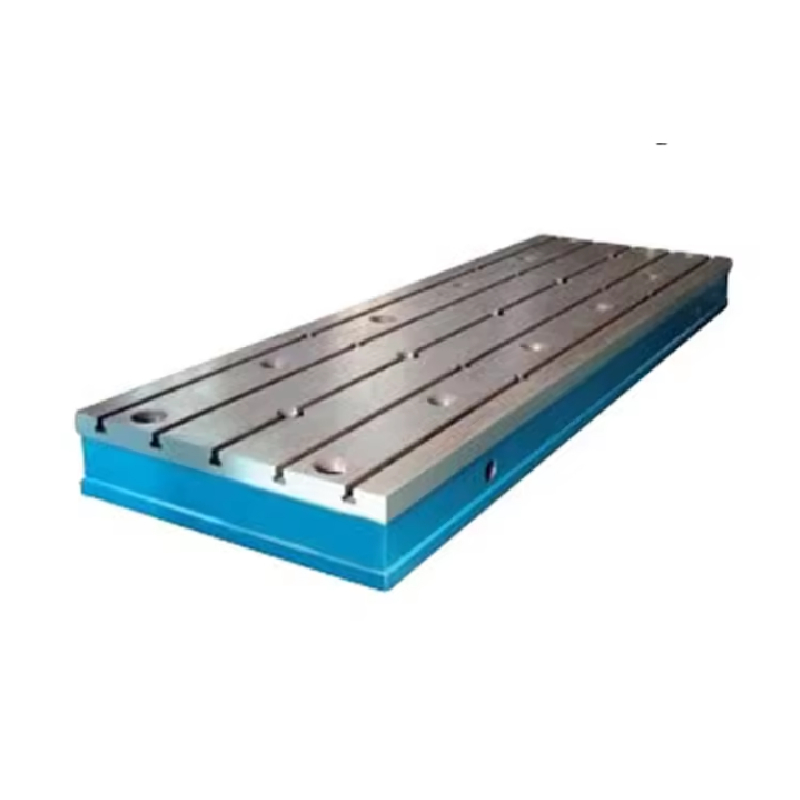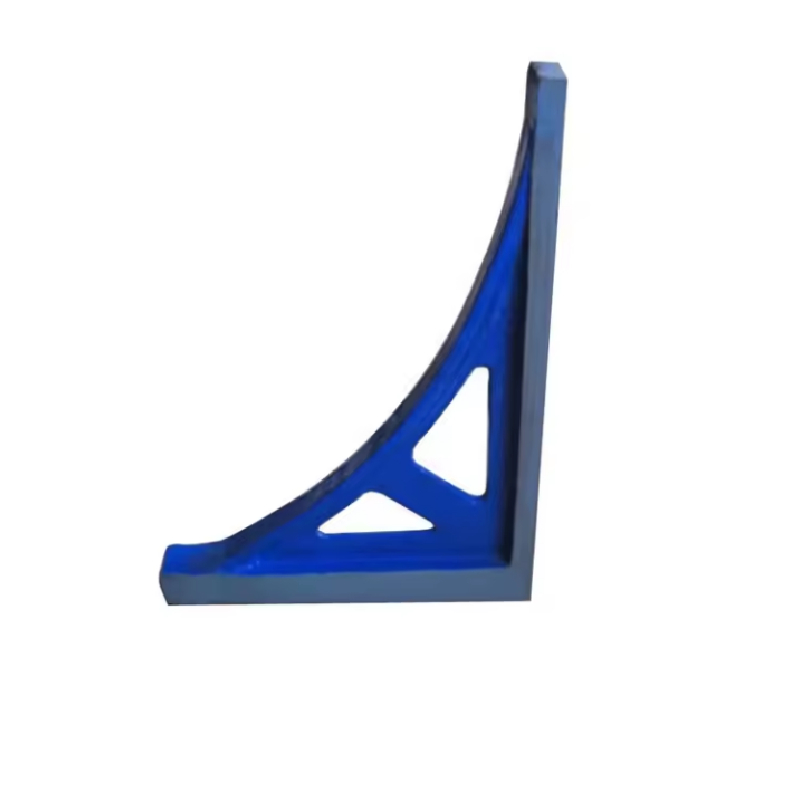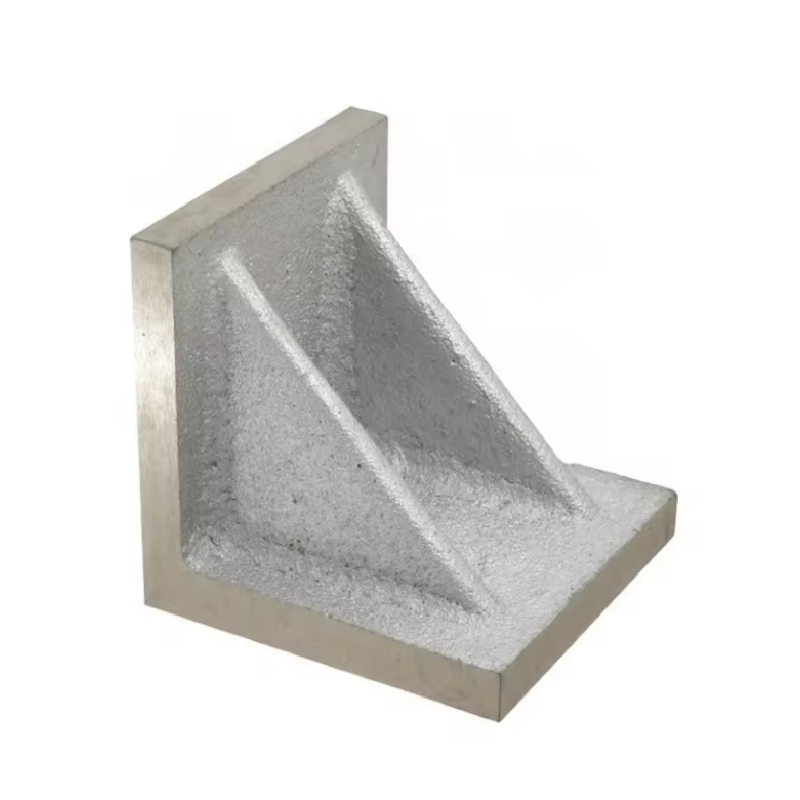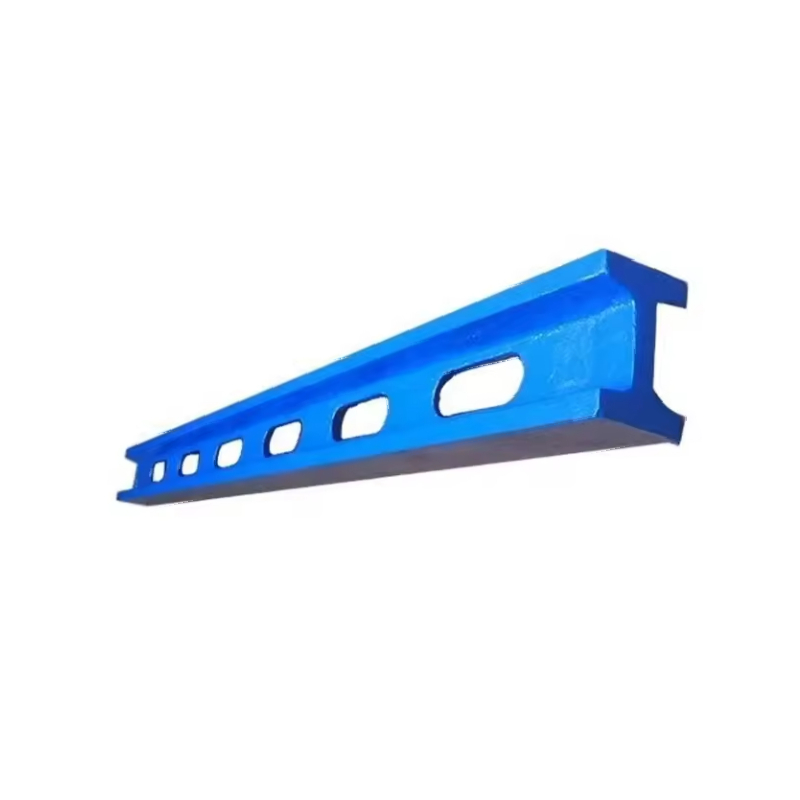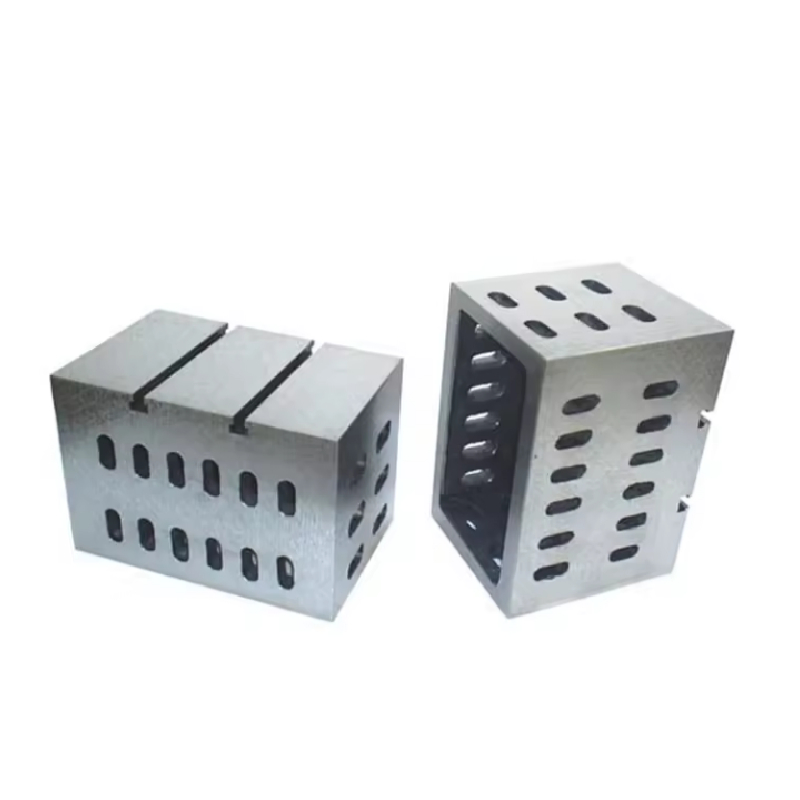Aug . 09, 2024 04:15 Back to list
Exploring the Applications and Techniques of Indicating Micrometers in Precision Measurement Systems
Understanding the Indicating Micrometer A Precision Tool in Measurement
In the world of precision engineering and manufacturing, accurate measurements are paramount. Among the tools utilized for metrology, the indicating micrometer plays a significant role. This device is renowned for its capability to measure small distances with a high degree of accuracy, making it indispensable in various fields, from mechanical engineering to quality control in manufacturing.
What is an Indicating Micrometer?
An indicating micrometer, often simply referred to as a micrometer, is a device that allows users to measure the thickness or diameter of an object with remarkable precision. The name micrometer derives from the Greek words 'mikros' meaning small, and 'metron' meaning measure. These tools generally consist of a C-shaped frame, a calibrated screw, and a spindle that moves towards the anvil to take measurements.
The distinguishing feature of an indicating micrometer is its built-in measuring scale, which can indicate measurements on a dial or digital display. This feature allows users to read values directly without the need for additional calculations, further enhancing the tool's practicality and ease of use.
Construction and Working Principle
The basic construction of an indicating micrometer includes a main body, an anvil, a spindle, and a thimble for fine adjustment. The spindle moves towards the anvil when the thimble is turned. The movement of the spindle is threaded, which means that for every full rotation of the thimble, the spindle moves a fixed distance closer to the anvil. This movement is typically 0.5 mm for every full revolution of the thimble.
The micrometer is calibrated in metric or imperial units, with common readings typically showing increments of 0.01 mm (or 0.001 inches). The process of taking a measurement involves gently closing the micrometer around the object and reading the value indicated on the scale, which represents the precise thickness or diameter of the object being measured.
indicating micrometer
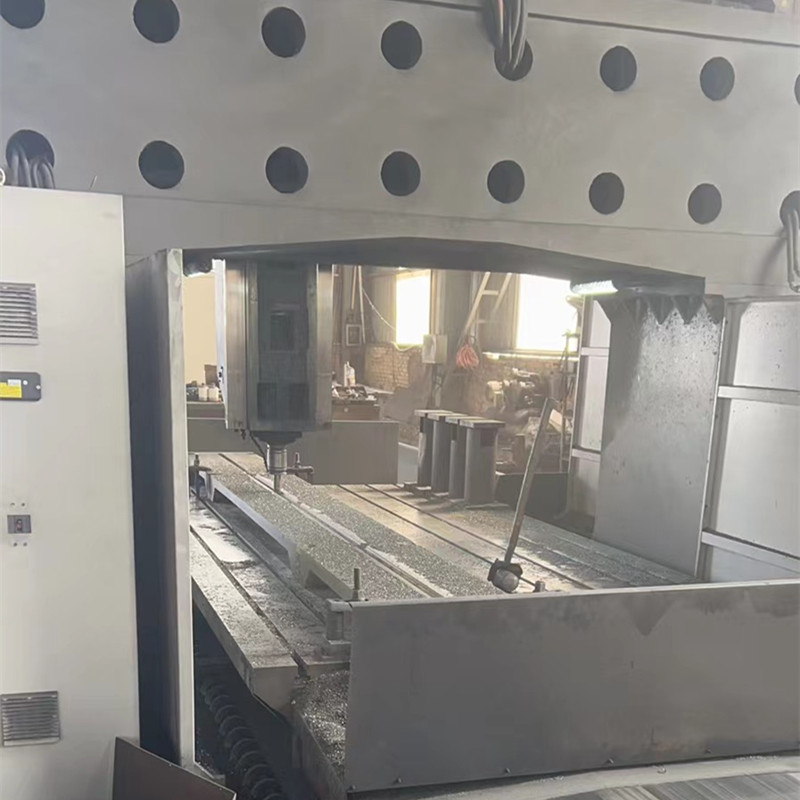
Applications of Indicating Micrometers
Indicating micrometers find extensive use in various industries. In mechanical engineering, they are critical for fabricating parts that must fit together precisely, such as gears and bearings. In the realm of quality control, they are used to ensure that produced items meet specified tolerances and standards. Furthermore, in textile and manufacturing sectors, micrometers are employed to measure fabric thickness and other critical dimensions.
The indicating micrometer's ability to provide accurate measurements makes it essential for research and development laboratories. Engineers and scientists rely on these tools to ensure their designs meet required specifications before production.
Advantages of Using Indicating Micrometers
The advantages of indicating micrometers are multifold. Firstly, their accuracy is unmatched, allowing users to achieve measurements within 0.01 mm or better, depending on the make and type of micrometer. Secondly, the user-friendly design, especially with digital displays, facilitates quick readings, minimizing the chances of human error. Lastly, they are portable and easy to use, making them suitable for both workshop settings and fieldwork.
Conclusion
The indicating micrometer stands out as a reliable tool in the landscape of measurement instruments. Its precision, ease of use, and wide range of applications make it an essential piece of equipment for engineers, machinists, and quality inspectors alike. As industries continue to demand higher precision and quality, the indicating micrometer will undoubtedly remain a cornerstone of accurate measurement in engineering and manufacturing processes. The continued evolution of this tool promises not only to streamline measurement tasks but also to enhance overall productivity in various sectors.
-
Why Metric Trapezoidal Thread is Ideal for Precision Motion ControlNewsAug.05,2025
-
The Unique Properties of a Block of Granite for Industrial UseNewsAug.05,2025
-
The Role of Flanged Y Strainers in Preventing Pipeline ClogsNewsAug.05,2025
-
The Importance of Regular Calibration for Master Ring GagesNewsAug.05,2025
-
How a Cast Iron Surface Table Enhances Accuracy in ManufacturingNewsAug.05,2025
-
Comparing Different Check Valve Types for Optimal Flow ControlNewsAug.05,2025
Related PRODUCTS


